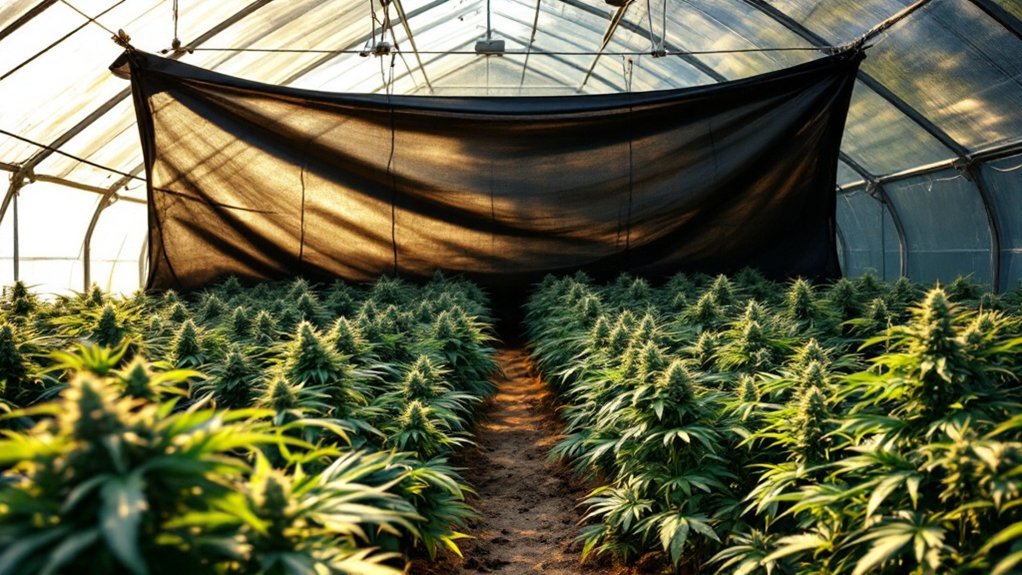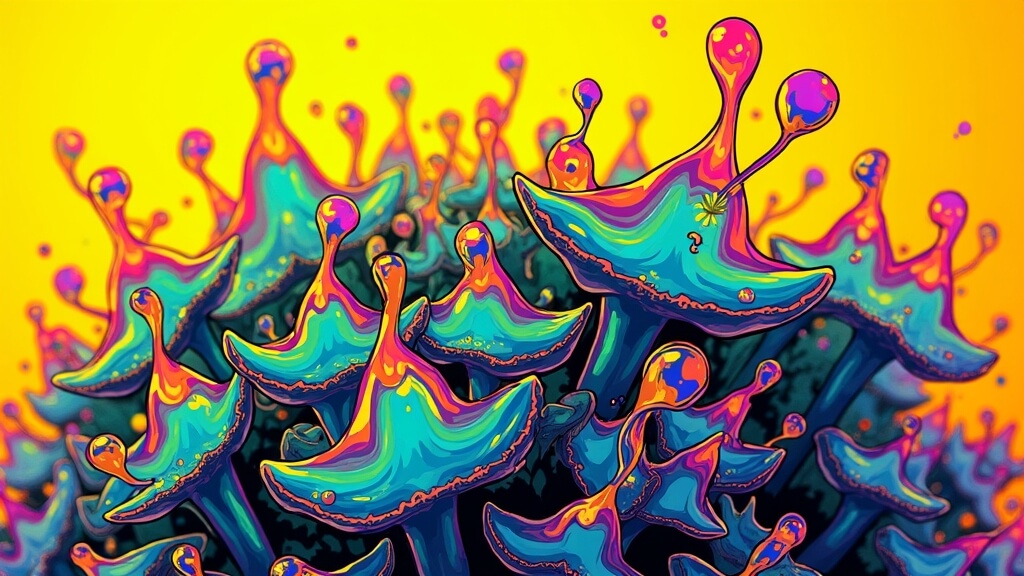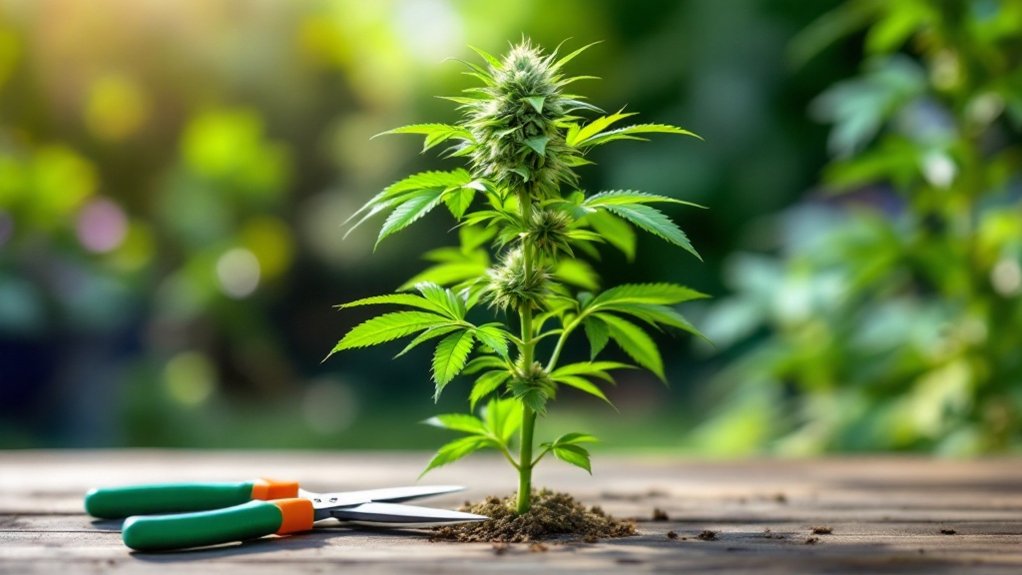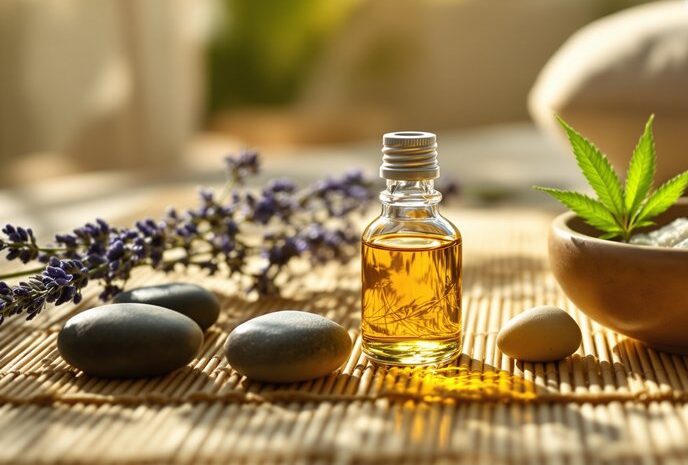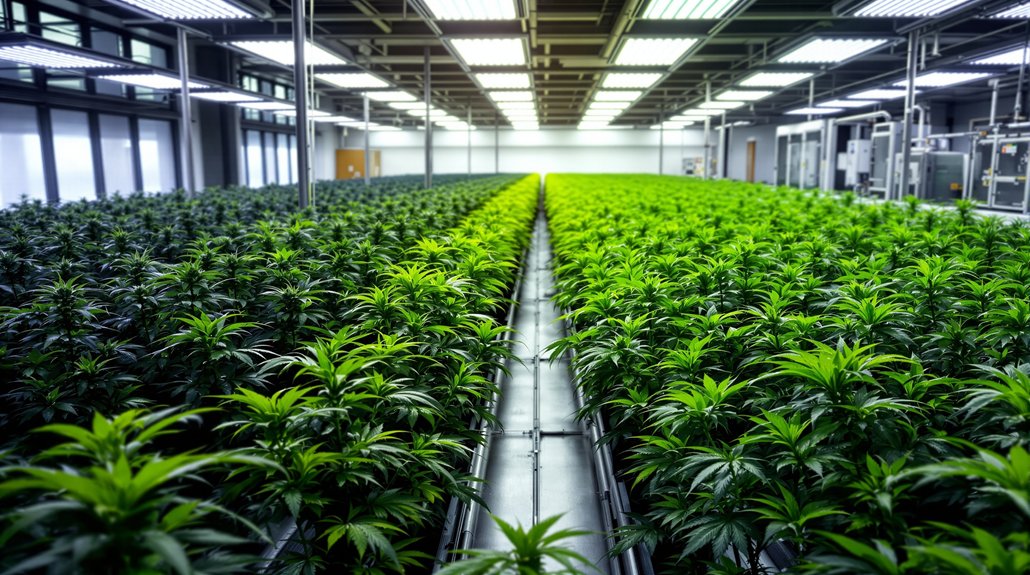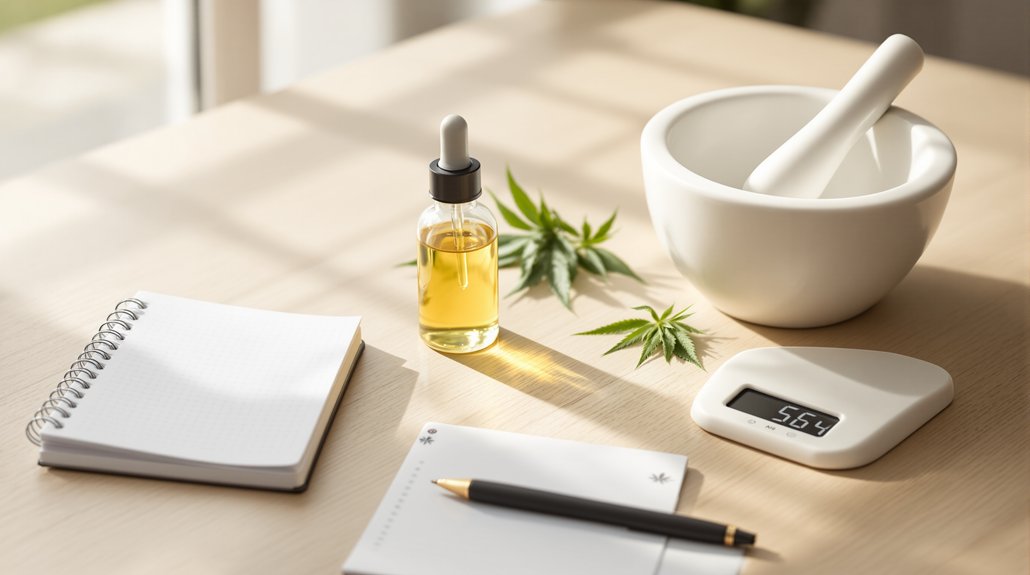Light dep weed comes from a cultivation technique that tricks cannabis plants into flowering early. Growers cover plants with blackout materials, mimicking autumn’s shorter days. Simple, yet brilliant. This method allows multiple harvests annually, produces denser buds, and requires less energy than indoor operations. It’s not without challenges – consistency is essential, and light leaks can ruin everything. The balance between controlled conditions and reduced environmental impact makes light dep an increasingly popular choice for sustainability-minded cultivators. The details reveal why this method is revolutionizing cannabis production.
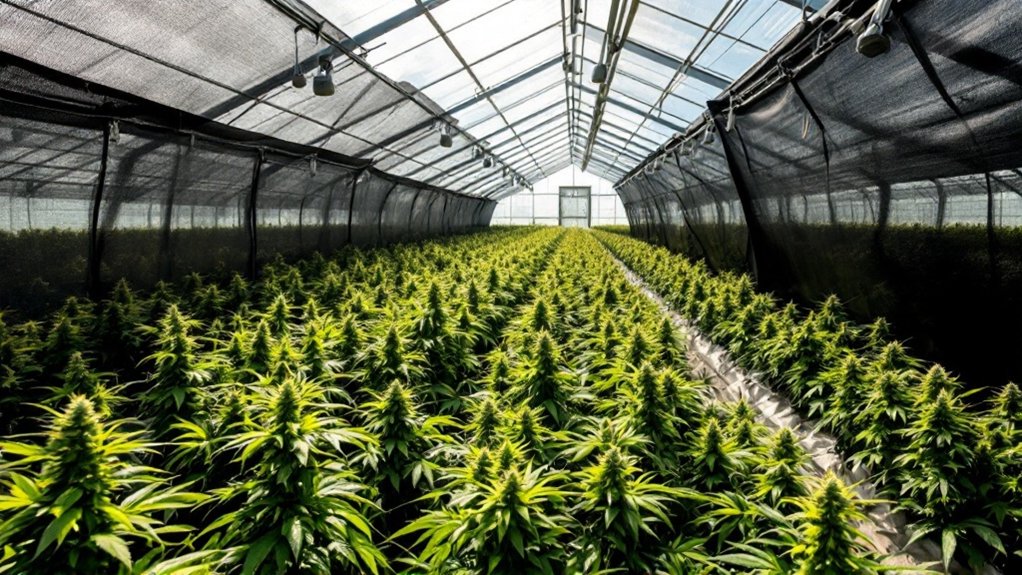
Innovation in the cannabis world never sleeps. Among the techniques gaining traction is “light dep” cultivation — a method that’s revolutionizing how growers approach their harvest schedules. Light deprivation weed refers to cannabis grown by manipulating light cycles to trick plants into flowering earlier than nature intended. Smart, right?
The technique works by covering plants with light-blocking materials, typically tarps or blackout fabrics, to reduce daily light exposure to around 12 hours. This mimics autumn’s shortened days, triggering the flowering response in photoperiod cannabis plants. Growers often use hoop houses or greenhouses for this purpose, creating environments that blend outdoor conditions with controlled light schedules.
While traditional outdoor growers wait patiently for fall’s natural light reduction — yielding just one harvest annually, light dep cultivators can squeeze in two or more harvests per season. Talk about efficiency. The method delivers market-ready product before the flood of autumn harvests arrives, potentially commanding higher prices.
The benefits don’t stop at timing. Light dep cannabis often produces denser, higher-quality buds. Plants avoid late-season exposure to pests, mold, and unpredictable weather patterns. It’s also less resource-intensive than full indoor operations, reducing environmental impact. This technique is particularly environmentally friendly as it lowers the carbon footprint while still mimicking indoor growing results. Win-win.
Of course, it’s not all sunshine and rainbows. The method demands discipline, consistent daily covering and uncovering unless automated systems are in place. Even small light leaks can disrupt flowering, causing plants to revert or develop hermaphroditic traits. Not ideal.
Equipment requirements include blackout materials, greenhouse or hoop house structures, and possibly pulleys or automation for tarp management. Ventilation becomes essential to prevent humidity buildup under those tarps. Some operations incorporate supplemental lighting for vegetative stages. Cannabis is considered a Short-Day plant that requires long, uninterrupted dark periods to trigger flowering. Proper nutrient schedules must be adjusted from standard growing methods to accommodate the accelerated flowering phase of light dep cultivation.
Light dep cultivation represents a middle ground between traditional outdoor growing and energy-hungry indoor operations. For those willing to invest in the infrastructure and commit to the schedule, it offers an attractive balance of control, quality, and environmental sustainability.
Frequently Asked Questions
How Much Higher Are Yields With Light Dep Compared to Outdoor Grows?
Light deprivation greenhouses greatly outperform traditional outdoor grows.
The exact yield increase varies, but growers report substantial gains. Why? Multiple harvests per season.
While outdoor farms typically manage one annual harvest, light dep setups can produce two or three cycles.
Plus, there’s better protection from weather disasters and pests.
Plants flower faster, grow more efficiently, and produce higher quality product.
The numbers don’t lie – light dep is simply more productive.
Can Light Dep Be Combined With Other Growing Techniques?
Light dep plays well with others. No doubt about it.
Cultivators regularly combine it with greenhouse methods, supplemental lighting, and outdoor techniques for maximum results. Multiple harvests? Absolutely possible.
The technique originated in Humboldt County in the late 80s when growers realized they could boost productivity. Now it’s standard practice.
Light dep creates a hybrid approach – reducing carbon footprint while maintaining harvest control. Mother Nature meets human ingenuity.
What Equipment Is Essential for Beginners Starting Light Deprivation Growing?
Beginners tackling light dep growing need several key items.
First, a structured hoop house or greenhouse serves as the foundation.
Blackout tarps are necessary, they create the artificial darkness.
A pulley system makes daily tarp management less painful.
Temperature monitoring tools? Yes.
Don’t forget ventilation fans to prevent mold.
Timers keep the schedule consistent.
Without these basics, plants stress out.
No equipment, no success.
How Does Light Dep Weed Compare to Indoor in Terms of Cost?
Light dep weed wins the cost battle against indoor growing hands down.
Initial setup? Cheap. Just need hoop houses and tarps, not fancy indoor tech.
The big savings? Electricity. Sun’s free, folks. Indoor growers are burning cash running lights 24/7.
Production costs per gram stay lower with light dep while still delivering comparable quality.
Multiple harvests per season mean better profits too.
Why pay more when Mother Nature’s on your team?
Are There Specific Cannabis Strains That Perform Better Under Light Dep?
Several cannabis strains excel specifically in light deprivation setups.
Gelato 41 finishes in just eight weeks with THC reaching 25%.
Wedding Cake delivers heavy yields in seven to nine weeks.
Fast-flowering Purple Punch completes in seven to eight weeks making it a top choice.
Urkle Wreck? Blazing fast at seven weeks flat.
OG Twist and Purple Mamba consistently perform well too.
